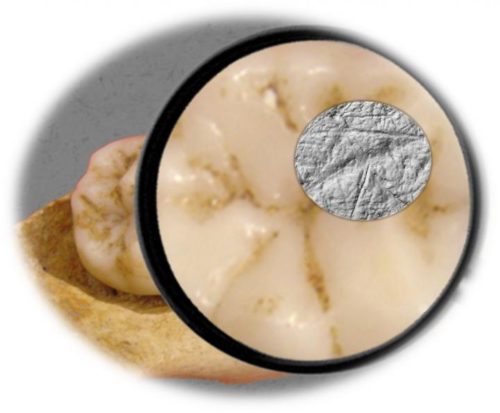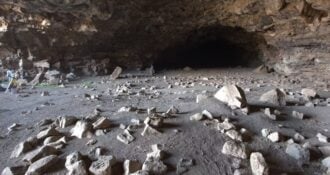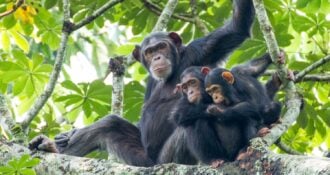The Neanderthal lineage survived for hundreds of thousands of years despite the severe temperature fluctuations of the Ice Age. The reasons for their decline around 40 thousand years ago remain unclear. The authors of this study investigated the possible influence of dietary strategies using the fossilized molars of 52 Neanderthals and Upper Paleolithic Homo sapiens (modern humans). They analyzed the type and degree of microwear on the teeth to attempt to draw conclusions about diet type and to establish a relationship with prevalent climactic conditions.
They found that as the climate fluctuated and habitats altered, Neanderthals may have adapted their diet to the resources that were most readily available, eating mainly meat when in open, cold steppe environments, and supplementing their diet with more plants, seeds, and nuts when in forested landscapes. Meanwhile, modern humans seemed to stick to their dietary strategy regardless of slight environmental changes and retained a relatively large proportion of plant-based foods in their diet. “To be able to do this, they may have developed tools to extract dietary resources from their environment,” says Sireen El Zaatari. The researchers concluded that Upper Paleolithic modern humans’ differing dietary strategies may have given them an advantage over the Neanderthals.
The Neanderthals may have maintained their opportunistic approach of eating whatever was available in their changing habitats over hundreds of thousands of years. However, modern humans seem to have invested more effort in accessing food resources and significantly changed their dietary strategies over a much shorter period of time, in conjunction with their development of tools, which may have given them an advantage over Neanderthals.
The European Neanderthal and modern human individuals analyzed in this study do not temporally overlap and thus would not inform us about direct dietary competition between these two groups. Nevertheless, if the behavioral differences detected in this study were already established at the time of contact between them, these differences might have contributed to the demise of the Neanderthals and the survival of modern humans.
Click here to read the entire article in PLOS ONE.
Citation: El Zaatari S, Grine FE, Ungar PS, Hublin J-J (2016) Neandertal versus Modern Human Dietary Responses to Climatic Fluctuations. PLOS ONE 11(4): e0153277. doi:10.1371/journal.pone.0153277
Funding: This study was supported by The Leakey Foundation, Max Planck Society, Wenner Gren Foundation, and the National Science Foundation. The funders had no role in study design, data collection and analysis, decision to publish, or preparation of the manuscript.
Post: This article was written from materials provided by PLOS ONE.







Comments 0